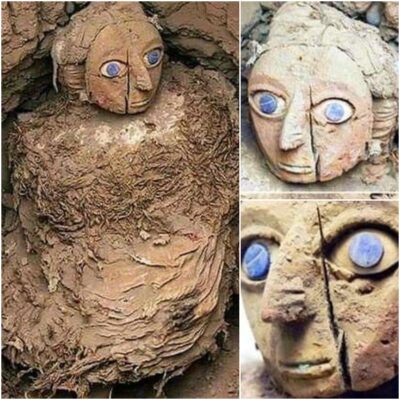It is 34 billion times the mass of our Sun, and it eats the equivalent of one Sun every day.
The National University of Australia (ANU)-led study revealed how large the Universe’s fastest-growing black hole is, as well as how much stuff it can take in.
The black hole, known as ‘J2157,’ was detected in 2018 by the same research team.
The report revealing the features of the massive black hole was published in Monthly Notices of the Royal Astronomical Society.

The Universe’s Hungriest Black Hole Is 34 Billion Times As Massive As The Sun
This object, according to Dr. Christopher Onken and his colleagues, is 34 billion times the mass of the Sun and consumes the equivalent of one Sun per day. That’s billion with a capital B.
In terms of mass, the gigantic black hole is almost 8,000 times the mass of Sagittarius A*, the black hole at the centre of the Milky Way galaxy.
“If the Milky Way’s black hole wanted to get fat, it would have to swallow two-thirds of all the stars in our galaxy,” explains Onken.
Scientists analysed the item when the Universe was only 1.2 billion years old, or less than 10% of its current age, making it the greatest known black hole in terms of mass in the early Universe.
“It is the largest black hole ever measured in this early period of the Universe,” says Onken.
The team is now seeking for more black holes in the hope that they will provide some answers as to how black holes get so enormous so early in the Universe’s infancy.

The brightest quasar ever observed looks like a faint red spot, outshone by ordinary nearby stars, because it is so far away. That very distance, and the red shift that makes its white light look red, indicates how far back in time we are looking. Skymapper Southern Survey
“We knew we were with a very massive black hole when we realized its rapid growth rate,” says team member Dr. Fuyan Bian, an astronomer at the European Southern Observatory (ESO).
“How much black holes can devour depends on how much mass they already have. For this object to be devouring matter at such a high rate, we thought it could become a new record holder. And now we know,” he says.
The team, which included researchers from the University of Arizona, accurately measured the mass of the black hole using ESO’s Very Large Telescope (VLT) in Chile.
“With such an enormous black hole, we’re also excited to see what we can learn about the galaxy in which it’s growing,” Onken said.
“Is this galaxy one of the behemoths of the early Universe, or did the black hole swallow up an extraordinary amount of its surroundings? We’ll have to keep digging to figure that out.”

An artists’s impression of a quasar from the early universe. The brightest quasar yet discovered is brighter than should be possible for its age.
J2157 is a massive black hole at the centre of a quasar galaxy. Astronomers were able to learn more about the cosmic behemoth thanks to observations conducted with the equally massive 10-meter Keck telescope in Hawaii and the 8-meter Very Large Telescope in Chile.
Astronomers were able to determine the distance of the quasar and its overall brightness. This allowed them to determine the size of the black hole and how much matter from the disc the black hole could consume.
The black hole is enormous; it measures around 200 billion kilometres across.
It is so massive that if we replaced it with our Sun, it would envelop the entire solar system.











